The affectionately nicknamed “skinny pig,” also called the “house hippo,” has been taking the internet by storm.
Technically, these adorable pocket-sized rodents are hairless guinea pigs, but with their whiskery snouts, small folded ears, and gray leathery skin, their resemblance to wild hippos is noticeable.
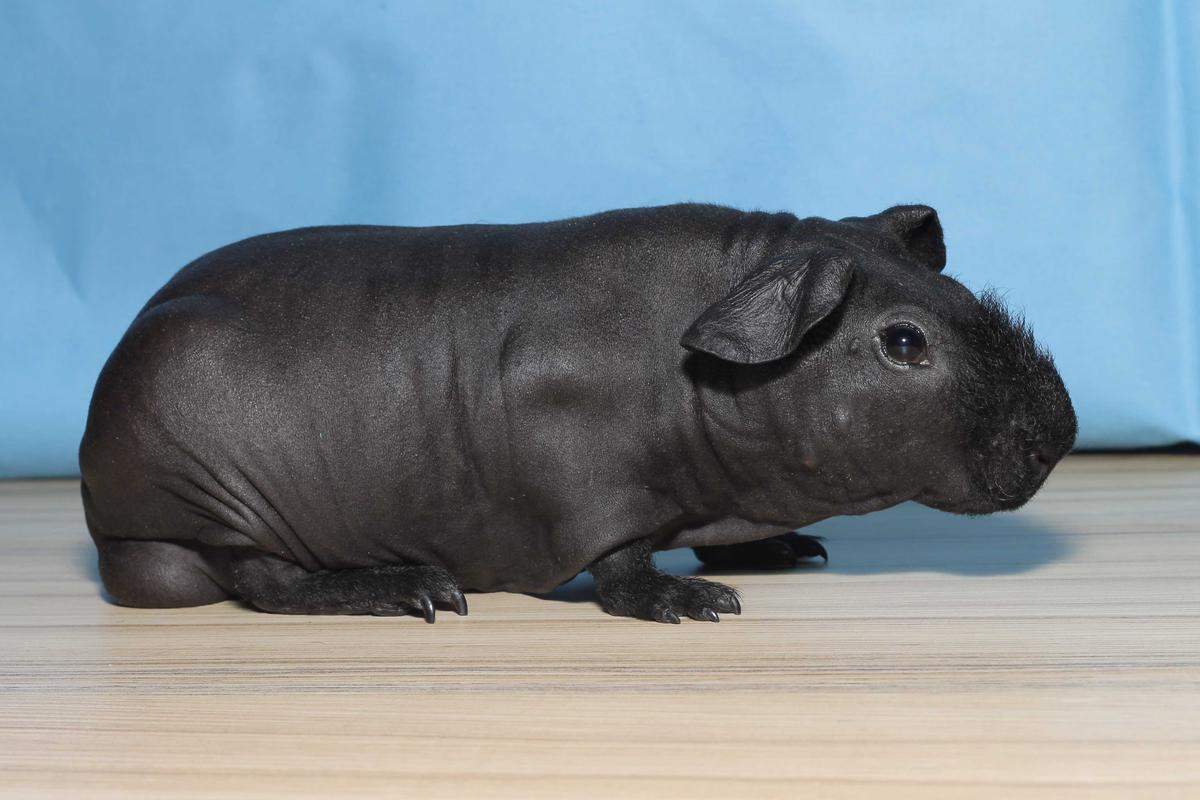
In 1982, skinny pigs were sent to Charles River Laboratories in Massachusetts, where the lab continued breeding them for use in dermatological studies.
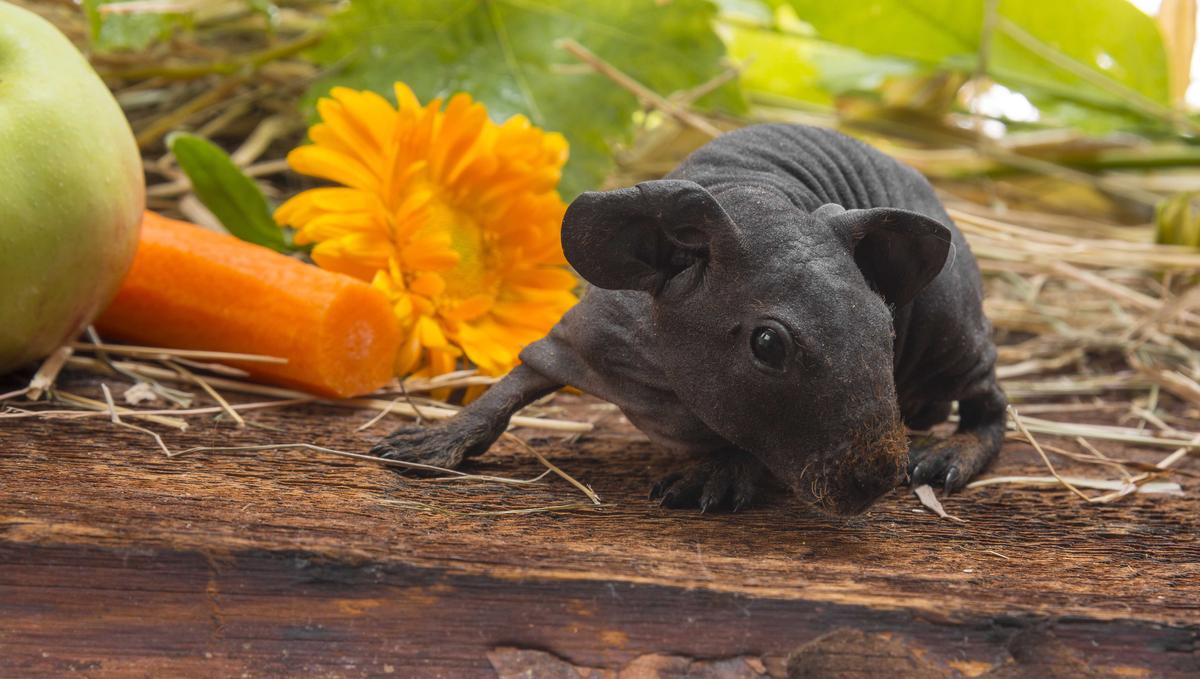
However, with much trial and error, scientists eventually managed to engineer the healthier, more robust skinny pig that the world knows today. Since the 1990s, the sweet and sociable skinny pig has also become an increasingly popular house pet, particularly in Europe and North America.
Skinny pigs boast a variety of different skin pigmentations and patterns. They do not grow hair on their bodies besides a few token whiskers on their snouts, legs, and feet. They are not the only guinea pig crossbreed to have been engineered without hair; the skinny pig’s whiskery features make it a little different from its entirely hairless counterpart, the “Baldwin guinea pig.”
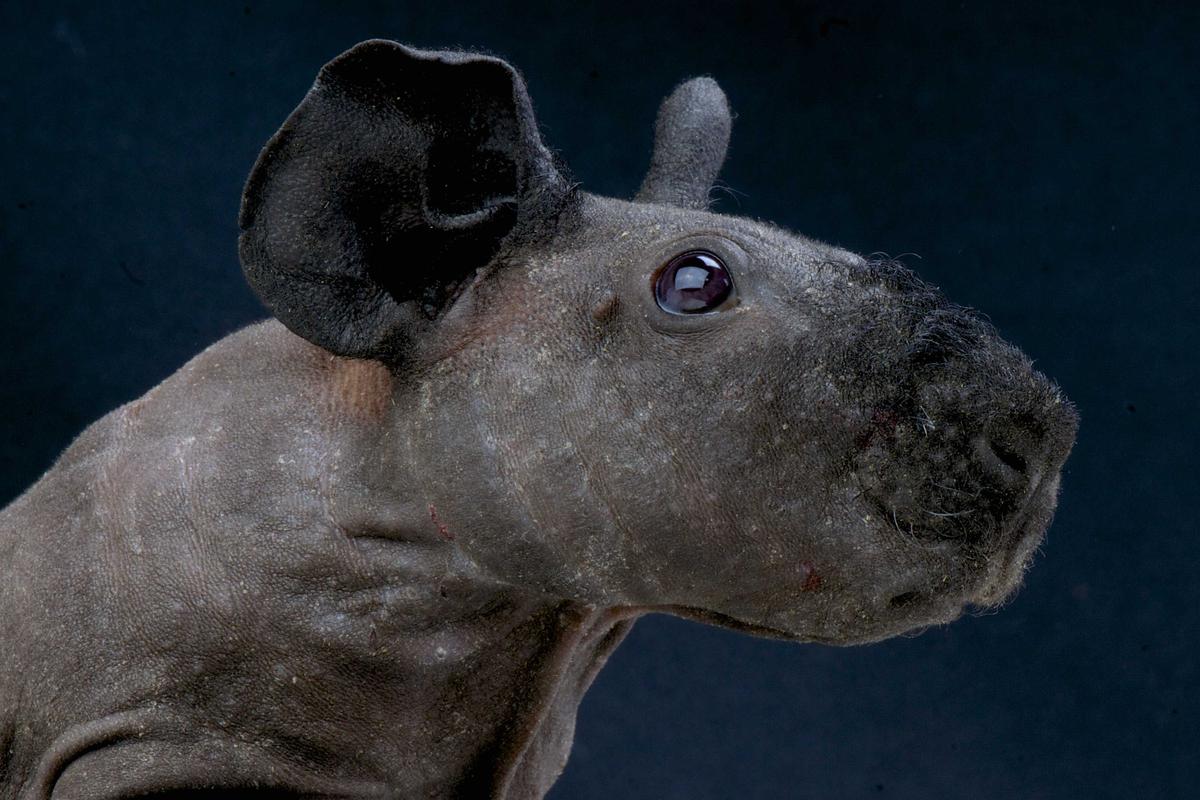
Both skinnies and Baldwins have proven popular among pet lovers with allergies to animal hair. However, keeping a hairless pet is not without its challenges, as the adorable little creatures are especially vulnerable to the cold. Where they are kept as pets, it is wise to offer them extra blankets and bedding to keep warm.
Skinny pigs are also strictly an indoor pet but still need plenty of space to roam. They can suffer from dry skin and sensitivity to sunlight, so pet-friendly sunscreens and lotions can help. They are also prone to ringworm, parasites, mites, and tumors of the skin.
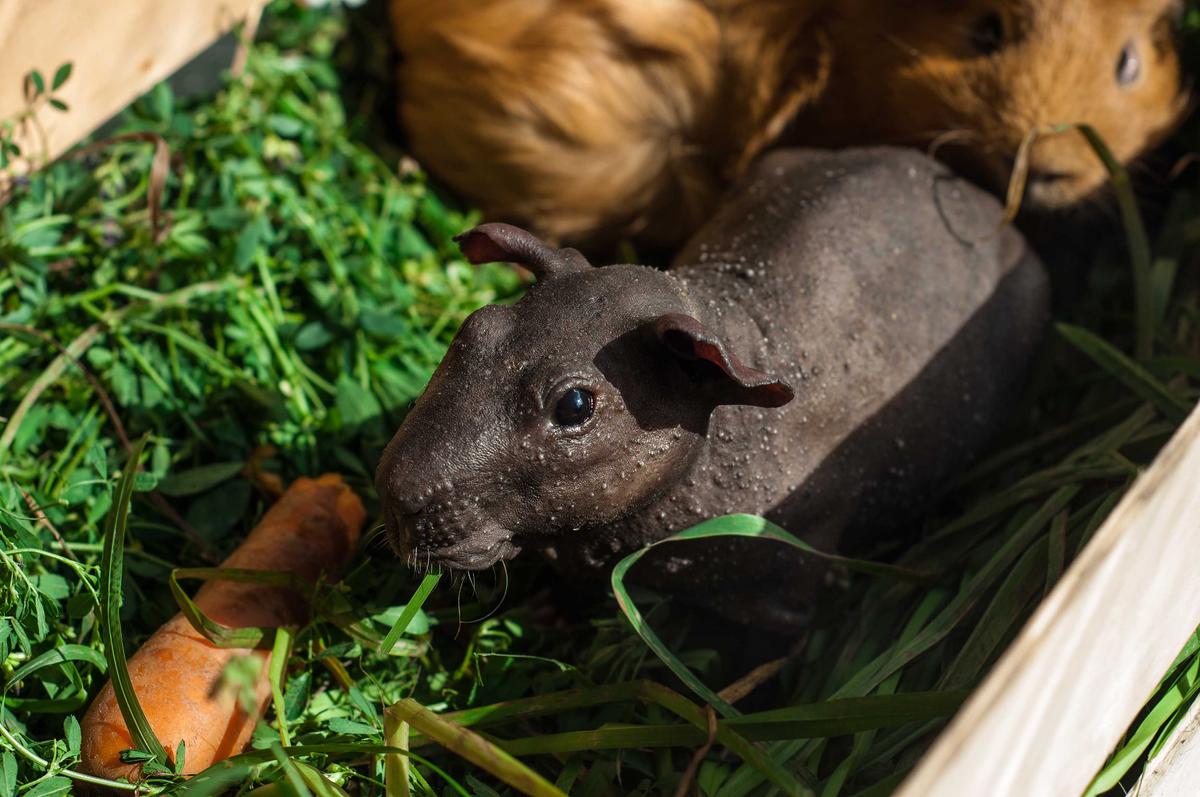
Owing to their high sociability, skinny pigs should be kept in pairs or small groups. They are herbivores, but they need to eat more than haired guinea pigs in order to maintain an active metabolism and stay sufficiently warm.
If skinny pigs are your cup of tea, then remember to adopt, don’t shop. Loved and cared for properly, these little critters could be the sweet and social house pet you never knew you needed!

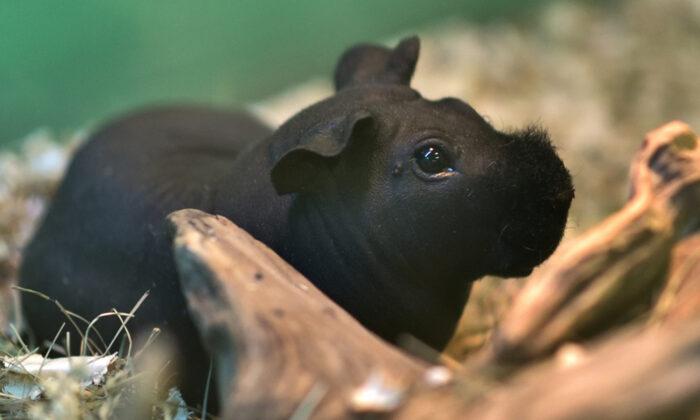




Friends Read Free